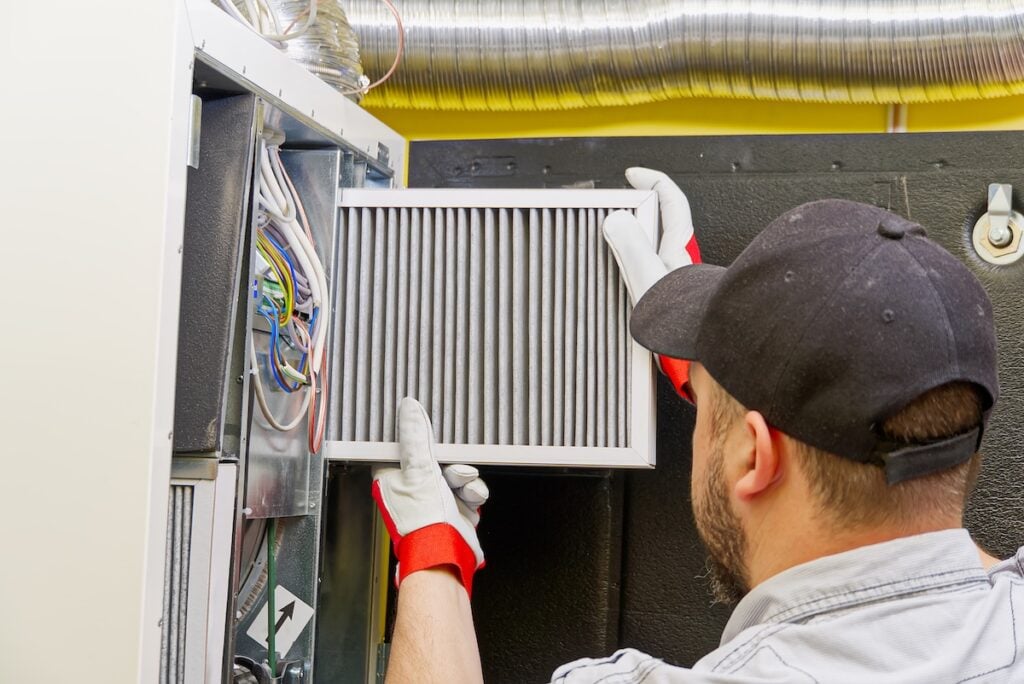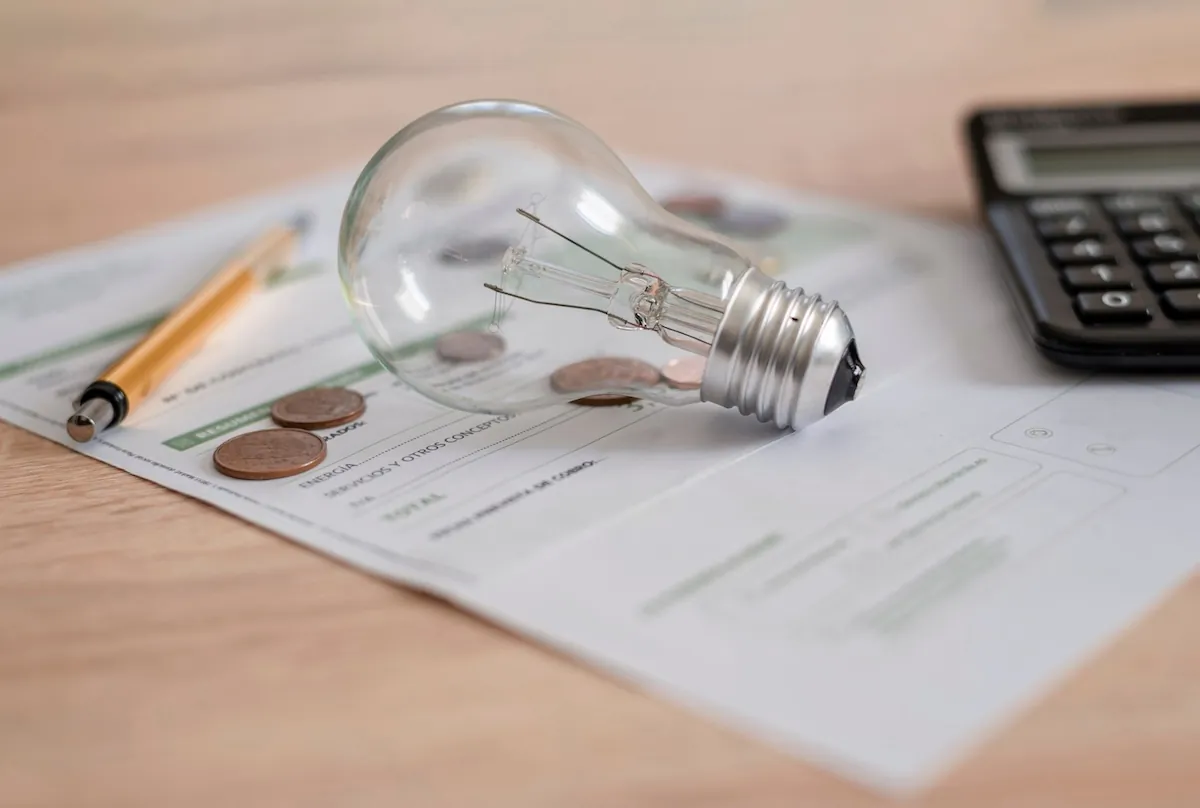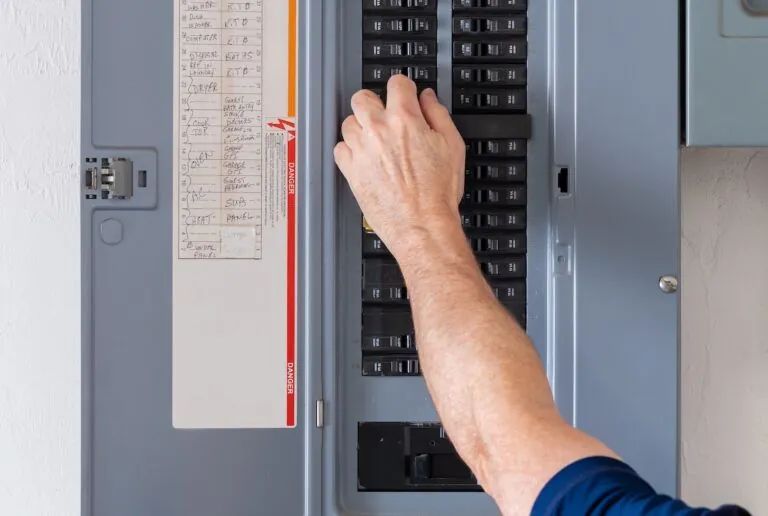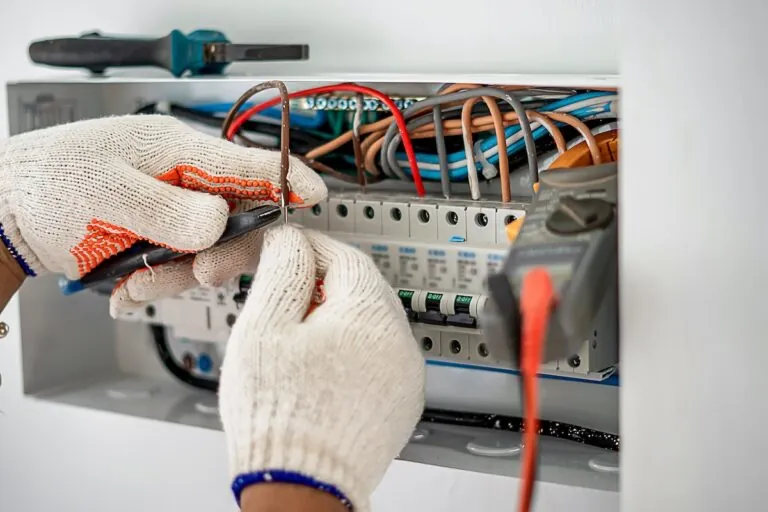If you’re looking for practical ways to cut energy costs, learning how to lower an electric bill with simple home upgrades is a great place to start. Small changes can make a big difference, especially when it comes to heating, cooling, lighting, and appliance use. You don’t need to invest in a full home remodel, just a few smart upgrades can improve energy efficiency and put more money back in your pocket each month.
This guide covers easy, cost-effective improvements that reduce energy use while making your home more comfortable year-round.
- Simple energy-saving upgrades often pay for themselves quickly through reduced utility bills
- Many improvements take only a few hours and don’t require major renovations
- Upgrading lighting, insulation, HVAC systems, and appliances can significantly improve efficiency
💡 Why Energy Efficiency Matters
The average U.S. household spends over $2,000 per year on utilities, with heating and cooling accounting for nearly half of that. Improving efficiency reduces your electric bill and helps your home operate more sustainably.
Even small upgrades can lower your home’s energy consumption without sacrificing comfort or convenience. And many of these changes qualify for utility rebates or federal tax credits.
1. Upgrade to LED Lighting
One of the quickest and easiest ways to reduce your electricity use is by switching to LED bulbs. LEDs use up to 90 percent less energy than traditional incandescent bulbs and last significantly longer.
- Replace old bulbs in frequently used areas like kitchens, bathrooms, and living rooms
- Choose ENERGY STAR-rated bulbs for best performance and savings
- Use smart bulbs or timers to turn lights off automatically when not in use
LED upgrades are inexpensive and can reduce your lighting-related energy costs by up to 70 percent.

2. Install a Smart Thermostat
A smart thermostat automatically adjusts heating and cooling based on your habits, occupancy, and weather. This reduces unnecessary system run time and ensures your home stays comfortable without wasting energy.
- Schedule temperature changes for when you’re asleep or away
- Control your thermostat remotely through a smartphone app
- Receive energy reports and suggestions to optimize performance
Smart thermostats can lower your HVAC energy usage by up to 10 percent annually and often pay for themselves within a year or two.
3. Seal Air Leaks and Insulate
Poor insulation and air leaks are among the biggest culprits of energy waste in older homes. Sealing gaps and upgrading insulation help maintain consistent indoor temperatures and reduce strain on your heating and cooling system.
- Use caulk or weatherstripping to seal leaks around windows and doors
- Insulate attic access points, basement rim joists, and crawl spaces
- Upgrade attic insulation to meet or exceed recommended R-values
These upgrades help you stay more comfortable and reduce your heating and cooling costs year-round.
4. Upgrade to Energy-Efficient Appliances
Your refrigerator, dishwasher, and laundry machines can all have a big impact on your electricity bill. Upgrading to ENERGY STAR-rated appliances can lower both energy and water use.
- Look for the yellow EnergyGuide label when purchasing new appliances
- Choose high-efficiency washers and dryers with moisture sensors
- Replace old refrigerators or freezers that run continuously and draw more power
While appliance upgrades require a larger upfront investment, the long-term savings can be substantial—especially when combined with available rebates.
5. Use Ceiling Fans to Improve Air Circulation
Ceiling fans help circulate air, allowing you to feel cooler in the summer and warmer in the winter. When used correctly, they reduce the workload on your HVAC system.
- Run fans counterclockwise in summer to create a wind chill effect
- Switch fans to clockwise in winter to redistribute warm air
- Always turn fans off in empty rooms to save energy
By making your home feel more comfortable at a higher or lower temperature, ceiling fans support thermostat adjustments that save energy.
6. Install Motion Sensors or Smart Plugs
Electronics and lights left on when not in use can waste electricity. Motion sensors and smart plugs make it easier to control usage automatically.
- Use motion-activated light switches in bathrooms, closets, and garages
- Install smart plugs to schedule or remotely power off electronics and appliances
- Prevent phantom energy draw from devices like TVs, chargers, and coffee makers
These tools are inexpensive, easy to install, and help prevent wasted electricity throughout your home.
7. Upgrade Windows or Add Window Treatments
Your windows play a major role in how much heat your home gains or loses. If full window replacement isn’t in your budget, even simple treatments can help improve efficiency.
- Use blackout curtains or thermal drapes to block heat in summer and retain warmth in winter
- Apply window film to reflect UV rays and reduce solar heat gain
- Consider energy-efficient window replacements for long-term savings
Better window performance helps stabilize indoor temperatures and supports more efficient HVAC operation.

8. Maintain Your HVAC System
Regular HVAC maintenance keeps your system running efficiently and helps prevent energy waste due to clogged filters, dirty coils, or malfunctioning components.
- Change air filters every 1 to 3 months depending on use and air quality
- Schedule annual tune-ups with a licensed HVAC technician
- Clean condenser coils and inspect ductwork for leaks
A well-maintained system uses less energy, provides better comfort, and extends the life of your equipment.
9. Lower Your Water Heating Costs
Water heating is the second-largest energy expense in most homes. You can reduce this cost by improving both your habits and your equipment.
- Lower your water heater temperature to 120°F
- Install low-flow showerheads and faucet aerators
- Wrap your water heater and pipes with insulation if accessible
- Consider upgrading to a high-efficiency or tankless water heater
These steps reduce energy use without affecting performance, and many require just a small investment.
10. Consider Solar or Renewable Energy Options
While not the simplest option on this list, solar panels are becoming more accessible and affordable for homeowners. If your roof is a good fit for solar, this upgrade can significantly reduce or even eliminate your electricity bill.
- Check for local, state, or federal incentives
- Look into community solar programs if you can’t install panels on your home
- Combine with battery storage for maximum long-term benefit
Solar installations provide long-term savings and can increase your home’s value while reducing dependence on grid electricity.
📋 Start With an Energy Audit
Not sure where to begin? A home energy audit can pinpoint which areas of your home are using the most electricity and identify the best opportunities for savings.
- Many utility companies offer low-cost or free audits
- Genz-Ryan can also provide guidance on HVAC-related upgrades that improve efficiency
- Use your audit results to prioritize upgrades and track savings
An energy audit helps you make smart decisions about which home improvements offer the biggest return on investment.

💵 Save Energy and Money With Simple Home Upgrades
Learning how to lower your electric bill with simple home upgrades is a powerful way to take control of your home’s energy use. From lighting and insulation to HVAC performance and appliance efficiency, there are countless ways to reduce costs without sacrificing comfort.
Ready to make your home more energy-efficient? Contact Genz-Ryan today for a free quote or expert help with HVAC upgrades, smart thermostats, maintenance, and more. We’ll help you take the first step toward a more comfortable and cost-effective home.








